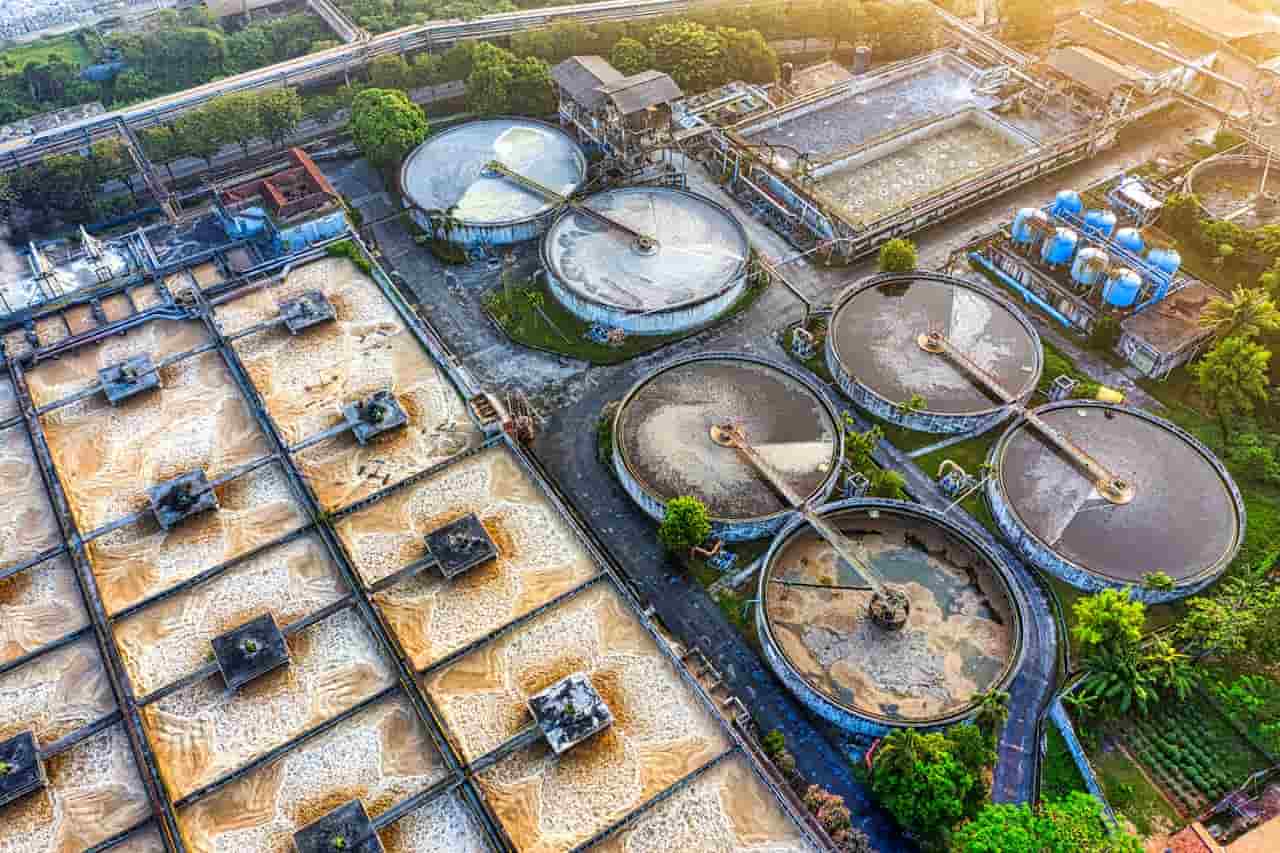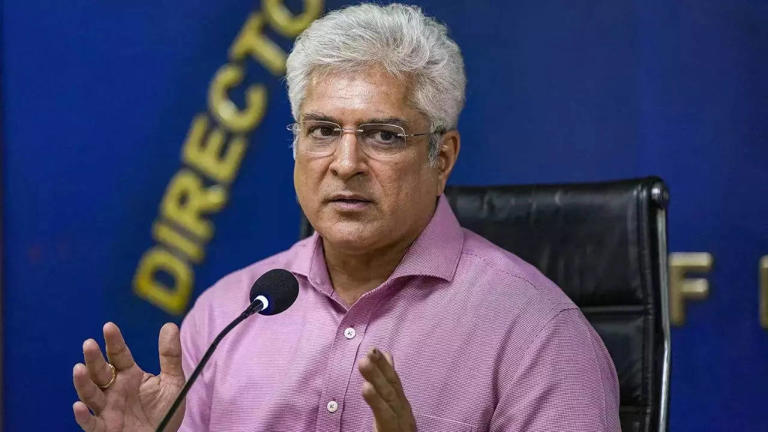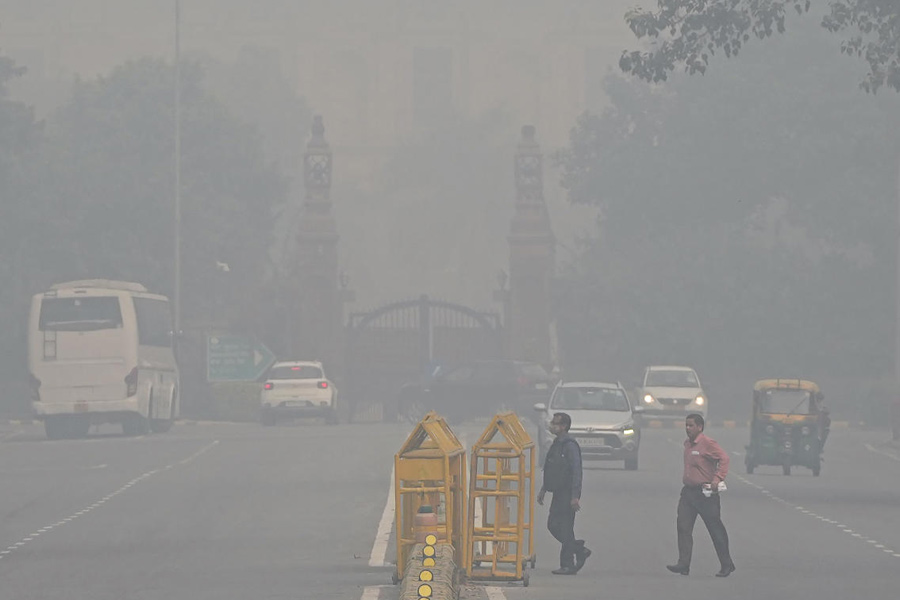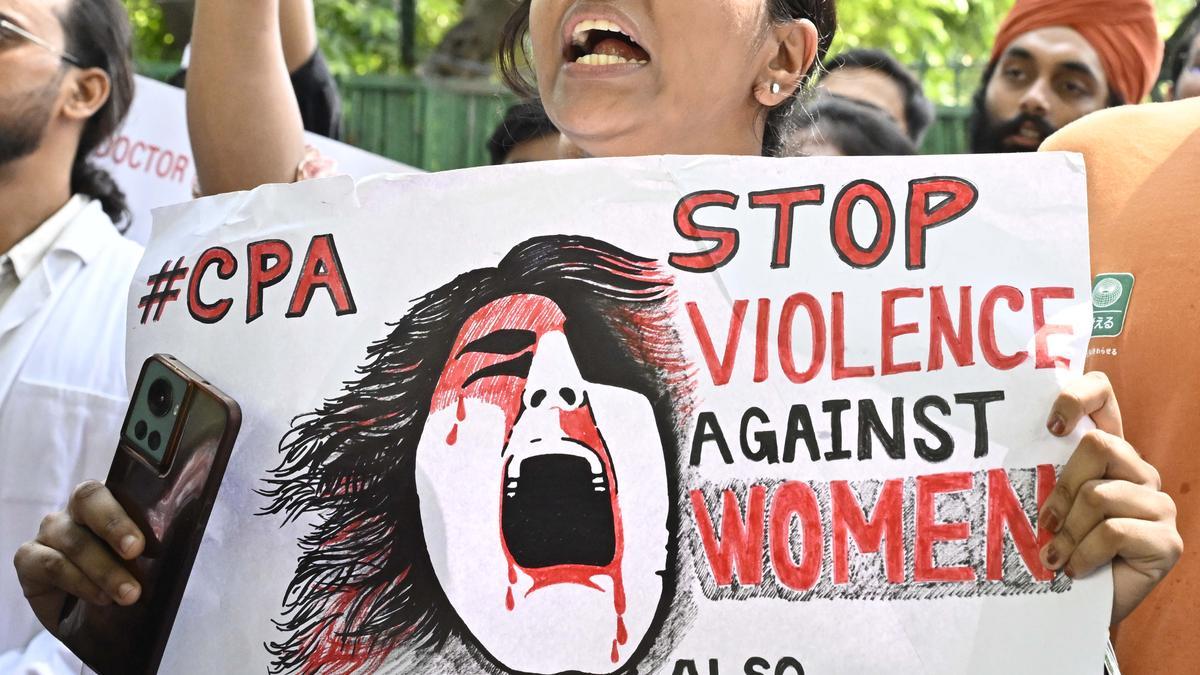Home / delhi / Delhi Breathes Easier: Air Quality Improves After Continuous Rains, Stage 3 GRAP Curbs Lifted
Delhi Breathes Easier: Air Quality Improves After Continuous Rains, Stage 3 GRAP Curbs Lifted
By: My India Times
3 minutes read 27Updated At: 2024-12-28
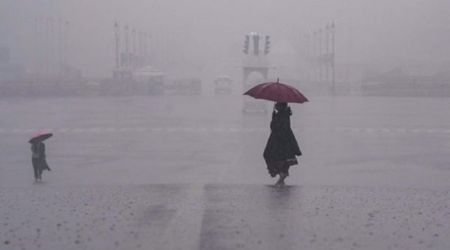
After weeks of suffocating air and alarming pollution levels, Delhi is finally experiencing some relief. Continuous rainfall over the past few days has helped wash away pollutants, leading to a marked improvement in air quality across the National Capital Region (NCR). On Friday, the Commission for Air Quality Management (CAQM), the central body tasked with tackling air pollution in Delhi-NCR, announced the withdrawal of stage 3 restrictions under the Graded Response Action Plan (GRAP).
However, stage 2 restrictions remain in place to ensure pollution levels do not worsen again. This decision comes as the region’s 24-hour average Air Quality Index (AQI) dropped to 324 on Friday evening, down from its earlier hazardous levels. Although still categorized as ‘very poor,’ the AQI shows a positive downward trend, giving the city’s residents hope for cleaner air in the coming days.
Rain and Wind Bring Relief
According to experts from the India Meteorological Department (IMD) and the Indian Institute of Tropical Meteorology (IITM), favorable meteorological conditions have been key to the improvement. Rainfall over the past few days has not only helped settle airborne particles but has also improved visibility and air circulation. Stronger winds have further dispersed pollutants, allowing Delhi and its neighboring areas to breathe a little easier.
The forecast suggests that these favorable conditions will persist, potentially leading to further improvement in air quality. Residents and authorities alike are cautiously optimistic, though they remain vigilant about preventing pollution levels from spiking again.
What Does Stage 2 of GRAP Mean?
With the lifting of stage 3 restrictions, the region now operates under stage 2 of GRAP, which includes several measures aimed at maintaining air quality:
- Mechanized Road Cleaning and Anti-Smog Guns: Roads in Delhi-NCR are being cleaned using mechanized sweepers, while anti-smog guns and water sprinkling are deployed in high-pollution hotspots to tackle dust pollution.
- Ensuring Uninterrupted Power Supply: Power providers have been directed to ensure continuous electricity to reduce the need for diesel generator sets, which are major contributors to air pollution.
- Public Awareness Campaigns: Authorities are using newspapers, radio, and television to inform the public about pollution levels and precautionary measures.
Advisories for Residents
While government agencies are taking steps to mitigate pollution, residents also play a critical role in maintaining and improving air quality. To prevent the AQI from worsening, citizens are urged to:
- Use public transport, carpool, or switch to bicycles instead of using personal vehicles.
- Choose less congested routes to avoid traffic-related pollution, even if it means taking a slightly longer journey.
- Regularly service their vehicles and replace air filters to minimize emissions.
- Refrain from burning waste or biomass, which directly adds to air pollution.
Health Implications and Caution
Despite the improvement, an AQI of 324 still falls in the ‘very poor’ category, which poses serious health risks to vulnerable groups such as children, the elderly, and individuals with respiratory issues. Experts recommend wearing masks when outdoors, using air purifiers indoors, and avoiding strenuous outdoor activities, especially for those with pre-existing conditions.
Long-Term Solutions in Focus
While the immediate improvement is encouraging, Delhi’s battle with air pollution is far from over. Authorities are now focusing on long-term measures to prevent a relapse into the ‘severe’ or ‘hazardous’ AQI categories. Key strategies include stricter enforcement of construction and dust control rules, transitioning to cleaner energy sources, and monitoring emissions from industrial and vehicular sources.
The government is also promoting green initiatives such as increasing public transportation options, incentivizing electric vehicles, and expanding green cover across urban areas.
A Shared Responsibility
The improvement in air quality is a reminder that significant change is possible when authorities, residents, and nature work together. However, maintaining these gains will require consistent effort and cooperation. By adopting sustainable practices and being mindful of daily actions that contribute to pollution, Delhi-NCR residents can play a crucial role in ensuring cleaner, healthier air for themselves and future generations.
As the city looks forward to better days, this development serves as a hopeful step in Delhi’s ongoing fight against air pollution—a fight that demands commitment from everyone involved.
....After weeks of suffocating air and alarming pollution levels, Delhi is finally experiencing some relief. Continuous rainfall over the past few days has helped wash away pollutants, leading to a marked improvement in air quality across the National Capital Region (NCR). On Friday, the Commission for Air Quality Management (CAQM), the central body tasked with tackling air pollution in Delhi-NCR, announced the withdrawal of stage 3 restrictions under the Graded Response Action Plan (GRAP).
However, stage 2 restrictions remain in place to ensure pollution levels do not worsen again. This decision comes as the region’s 24-hour average Air Quality Index (AQI) dropped to 324 on Friday evening, down from its earlier hazardous levels. Although still categorized as ‘very poor,’ the AQI shows a positive downward trend, giving the city’s residents hope for cleaner air in the coming days.
Rain and Wind Bring Relief
According to experts from the India Meteorological Department (IMD) and the Indian Institute of Tropical Meteorology (IITM), favorable meteorological conditions have been key to the improvement. Rainfall over the past few days has not only helped settle airborne particles but has also improved visibility and air circulation. Stronger winds have further dispersed pollutants, allowing Delhi and its neighboring areas to breathe a little easier.
The forecast suggests that these favorable conditions will persist, potentially leading to further improvement in air quality. Residents and authorities alike are cautiously optimistic, though they remain vigilant about preventing pollution levels from spiking again.
What Does Stage 2 of GRAP Mean?
With the lifting of stage 3 restrictions, the region now operates under stage 2 of GRAP, which includes several measures aimed at maintaining air quality:
- Mechanized Road Cleaning and Anti-Smog Guns: Roads in Delhi-NCR are being cleaned using mechanized sweepers, while anti-smog guns and water sprinkling are deployed in high-pollution hotspots to tackle dust pollution.
- Ensuring Uninterrupted Power Supply: Power providers have been directed to ensure continuous electricity to reduce the need for diesel generator sets, which are major contributors to air pollution.
- Public Awareness Campaigns: Authorities are using newspapers, radio, and television to inform the public about pollution levels and precautionary measures.
Advisories for Residents
While government agencies are taking steps to mitigate pollution, residents also play a critical role in maintaining and improving air quality. To prevent the AQI from worsening, citizens are urged to:
- Use public transport, carpool, or switch to bicycles instead of using personal vehicles.
- Choose less congested routes to avoid traffic-related pollution, even if it means taking a slightly longer journey.
- Regularly service their vehicles and replace air filters to minimize emissions.
- Refrain from burning waste or biomass, which directly adds to air pollution.
Health Implications and Caution
Despite the improvement, an AQI of 324 still falls in the ‘very poor’ category, which poses serious health risks to vulnerable groups such as children, the elderly, and individuals with respiratory issues. Experts recommend wearing masks when outdoors, using air purifiers indoors, and avoiding strenuous outdoor activities, especially for those with pre-existing conditions.
Long-Term Solutions in Focus
While the immediate improvement is encouraging, Delhi’s battle with air pollution is far from over. Authorities are now focusing on long-term measures to prevent a relapse into the ‘severe’ or ‘hazardous’ AQI categories. Key strategies include stricter enforcement of construction and dust control rules, transitioning to cleaner energy sources, and monitoring emissions from industrial and vehicular sources.
The government is also promoting green initiatives such as increasing public transportation options, incentivizing electric vehicles, and expanding green cover across urban areas.
A Shared Responsibility
The improvement in air quality is a reminder that significant change is possible when authorities, residents, and nature work together. However, maintaining these gains will require consistent effort and cooperation. By adopting sustainable practices and being mindful of daily actions that contribute to pollution, Delhi-NCR residents can play a crucial role in ensuring cleaner, healthier air for themselves and future generations.
As the city looks forward to better days, this development serves as a hopeful step in Delhi’s ongoing fight against air pollution—a fight that demands commitment from everyone involved.
By: My India Times
Updated At: 2024-12-28
Tags: delhi News | My India Times News | Trending News | Travel News
Join our WhatsApp Channel




.webp)





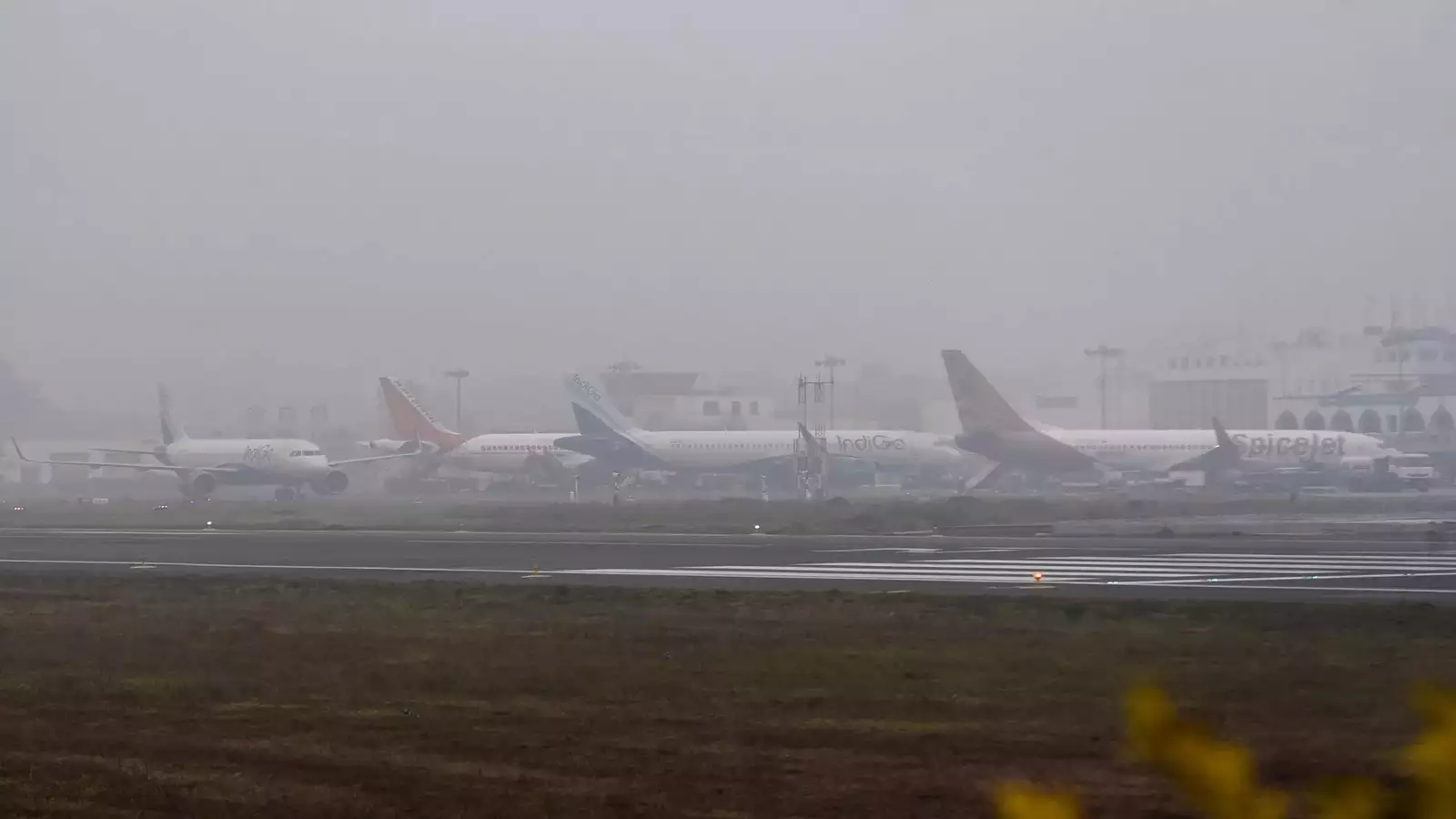
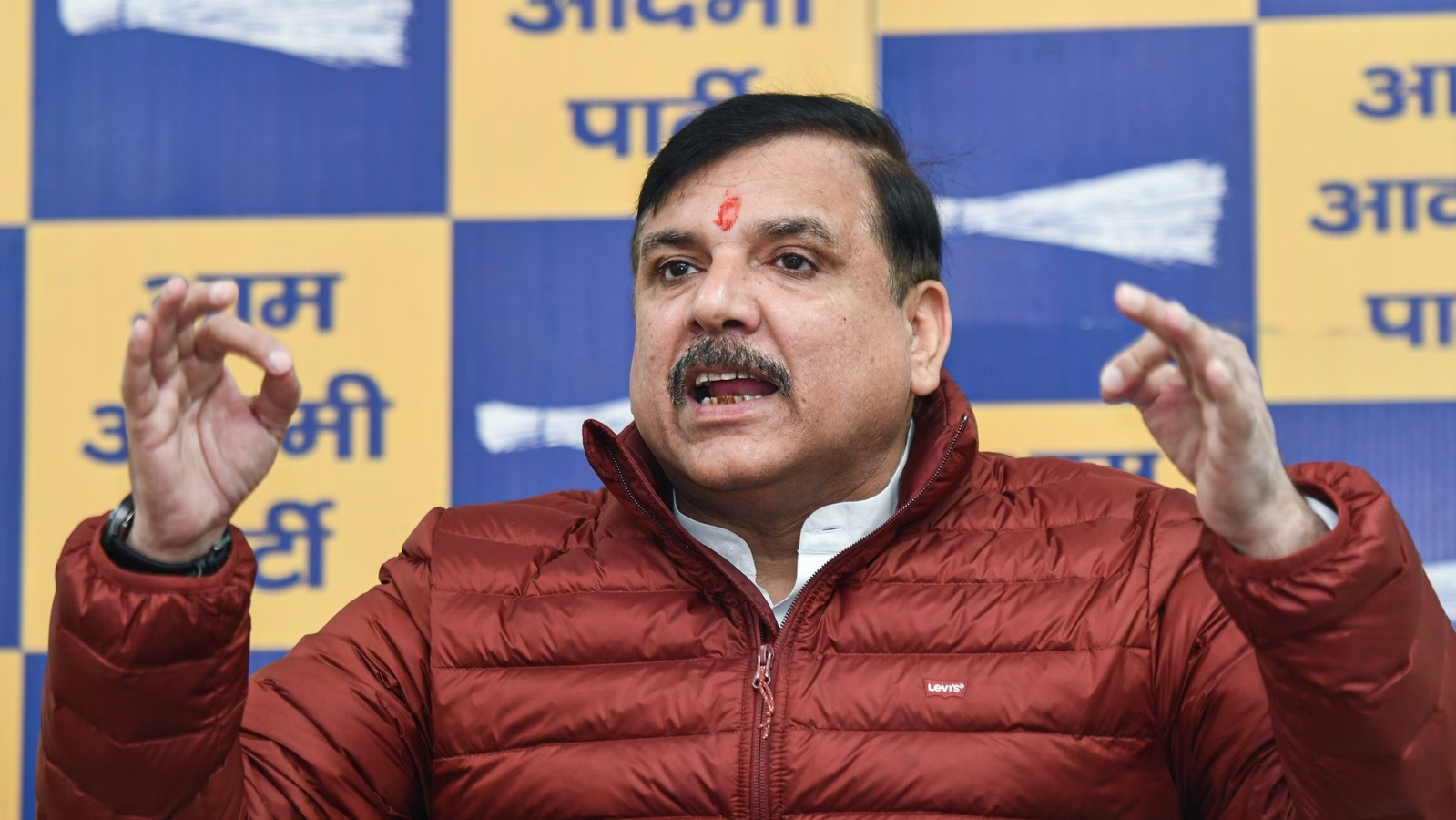
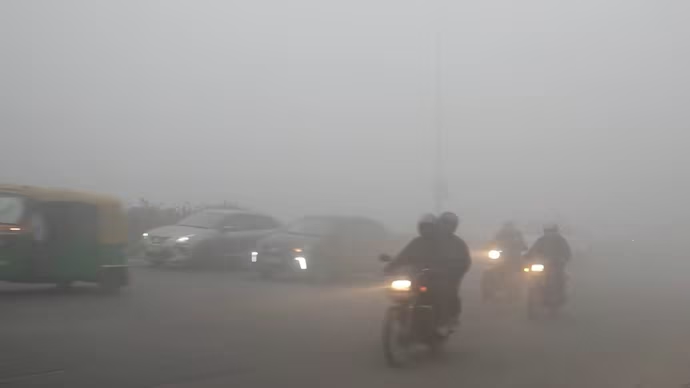

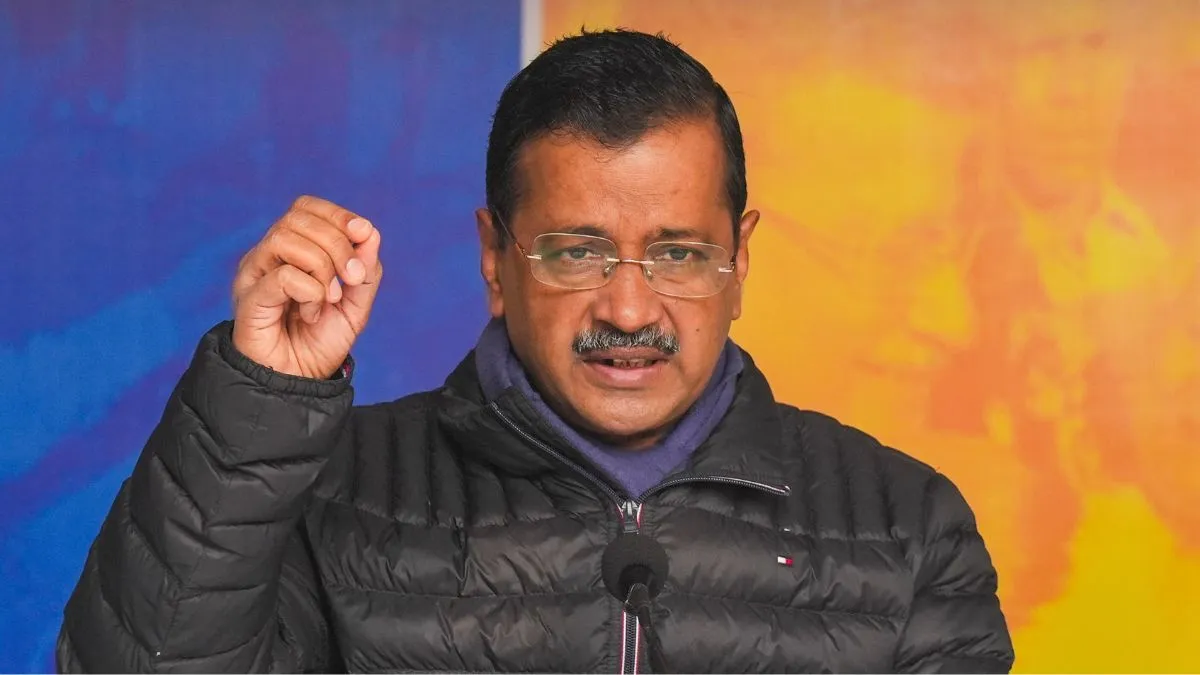




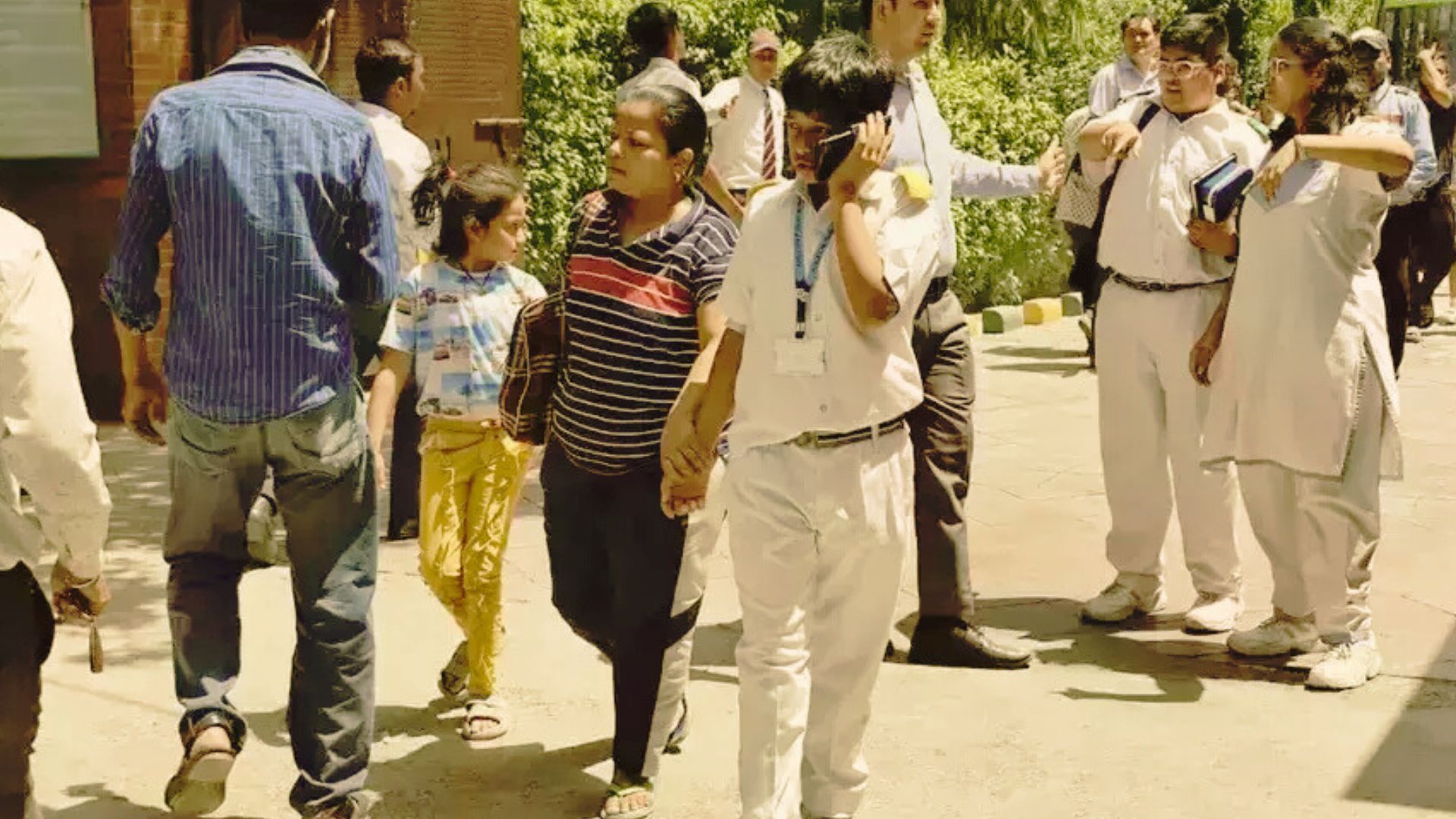
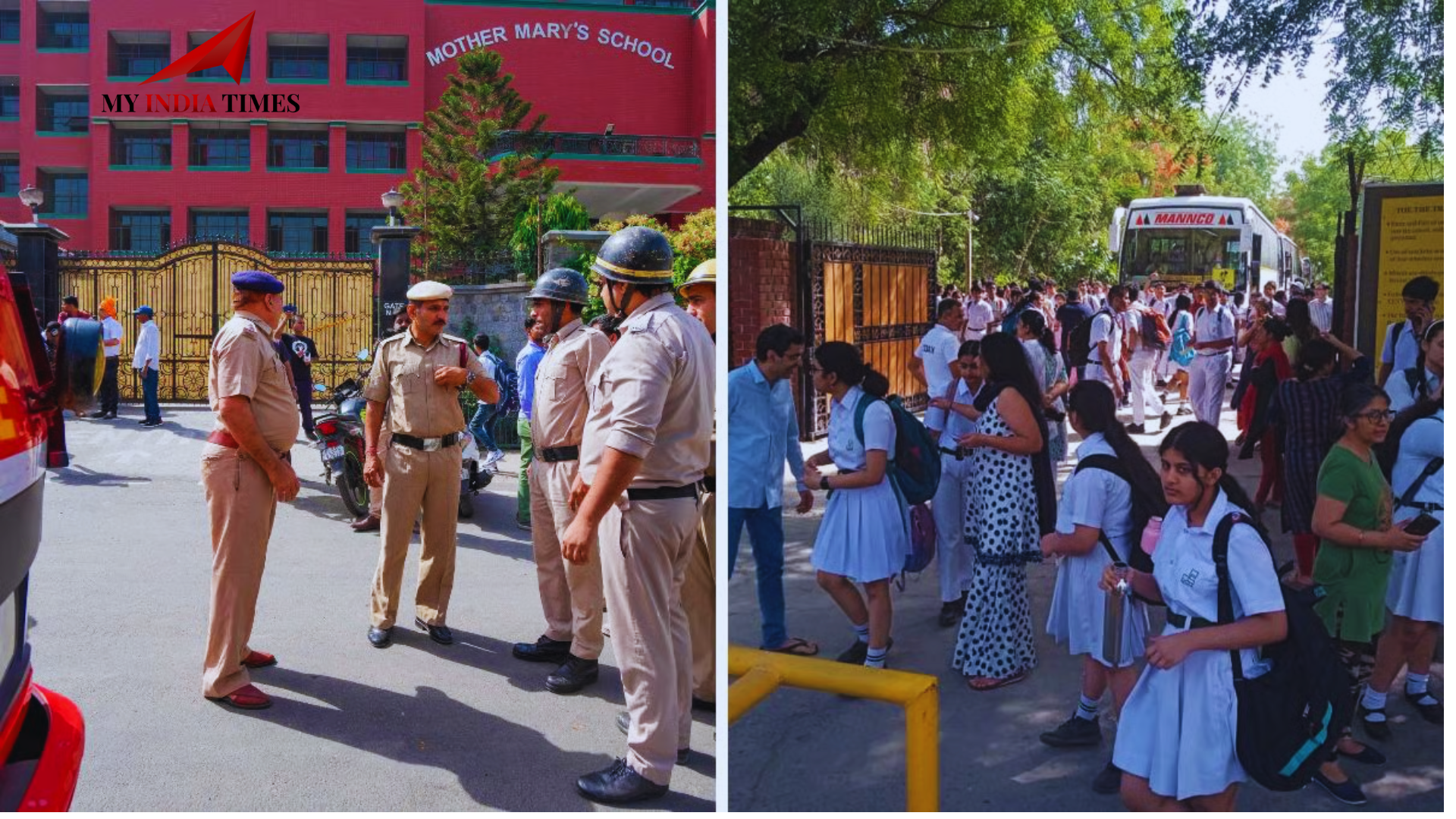

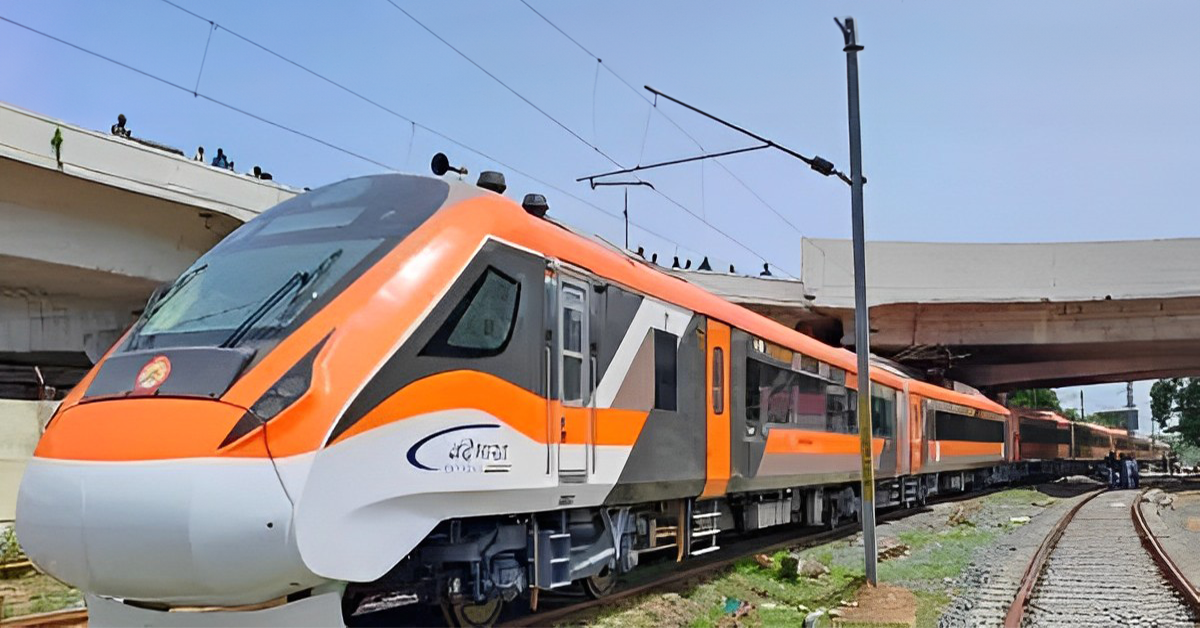


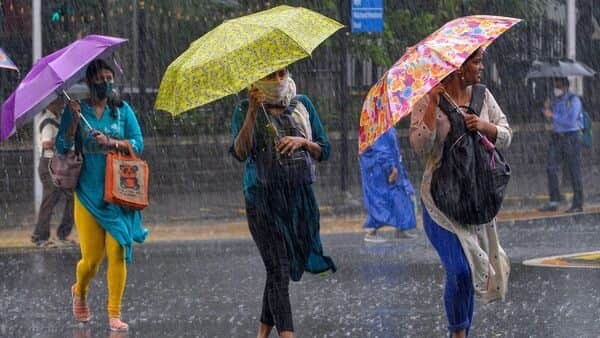

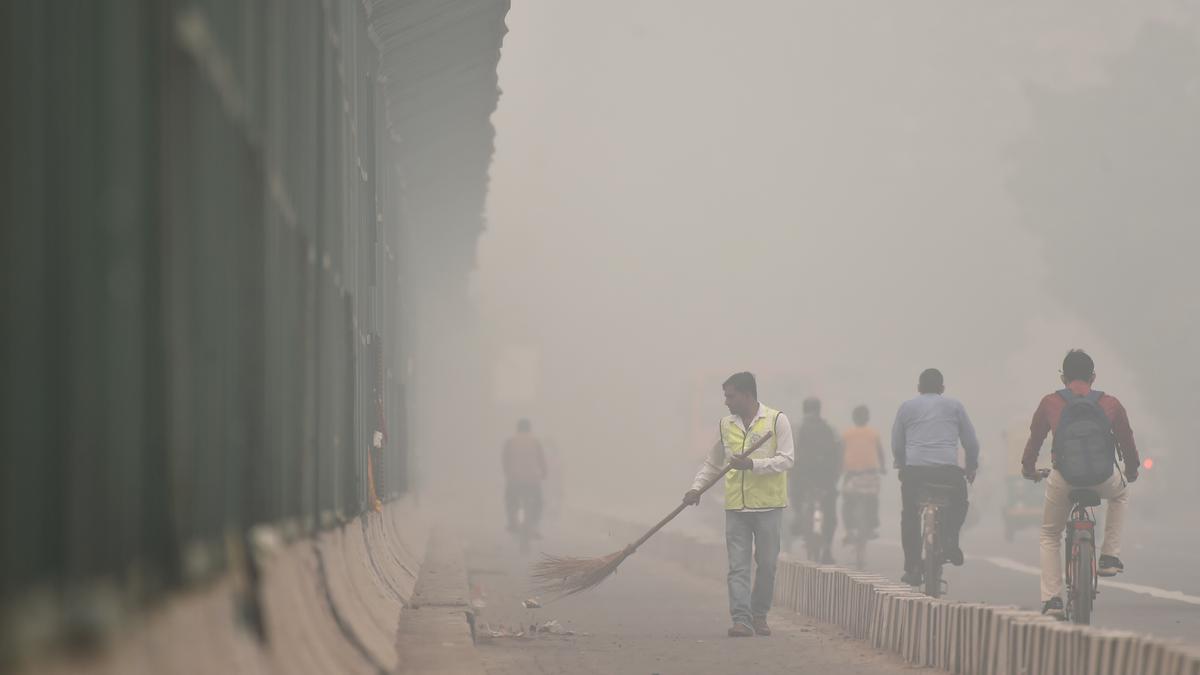

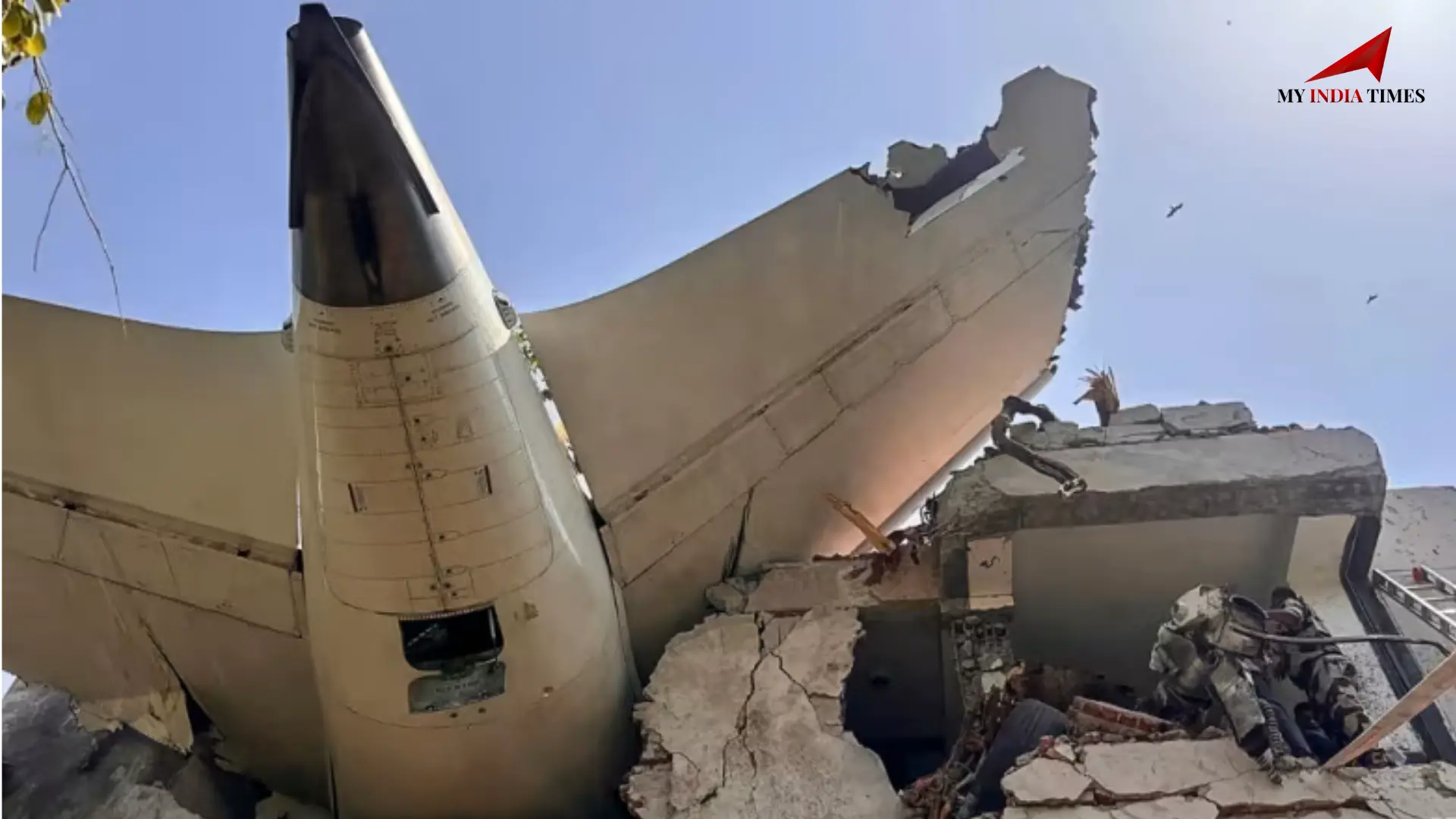



























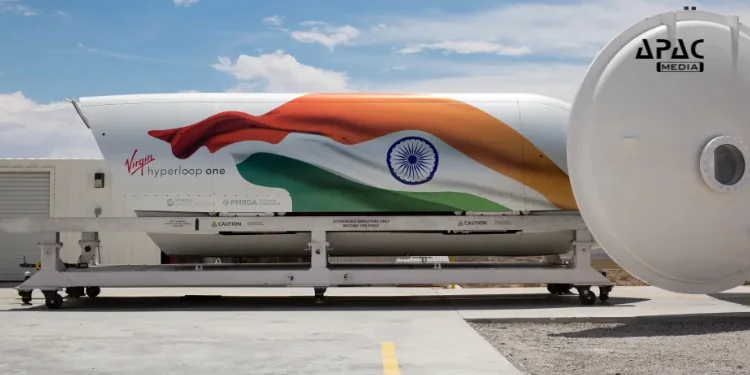



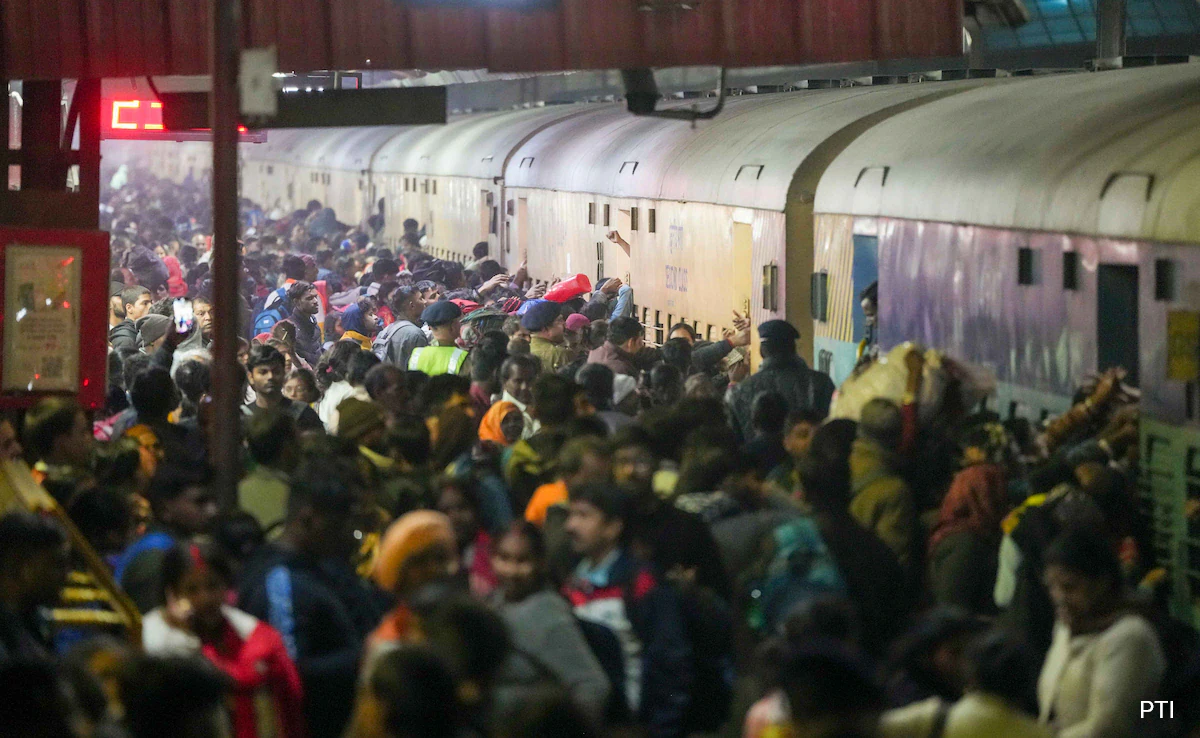
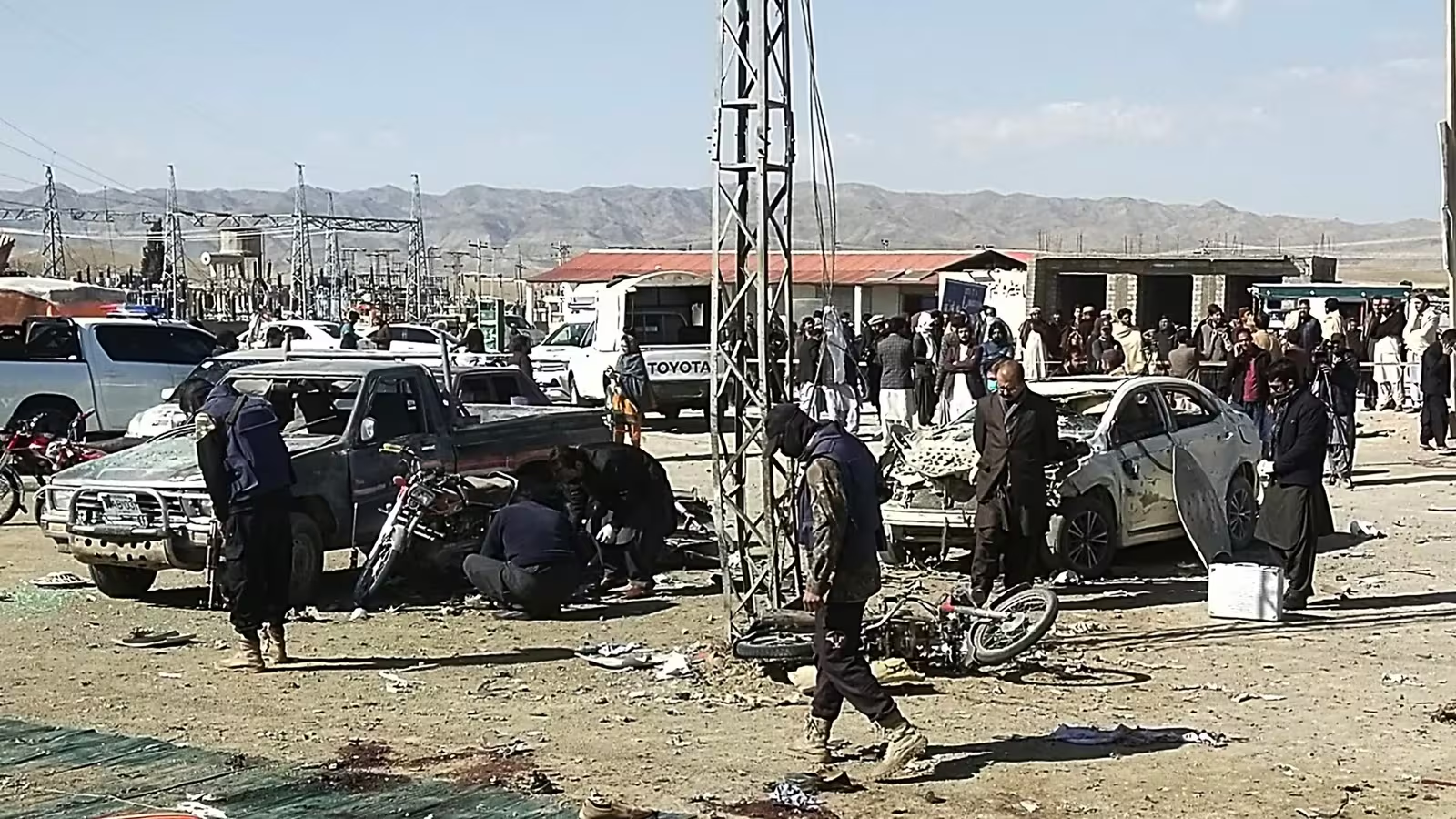




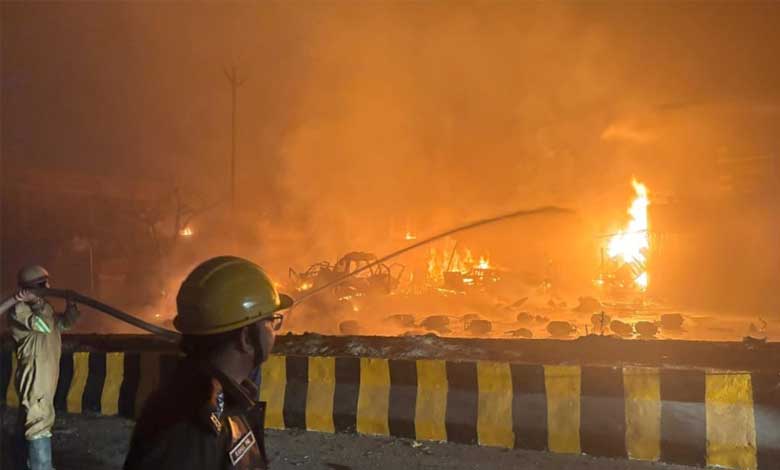








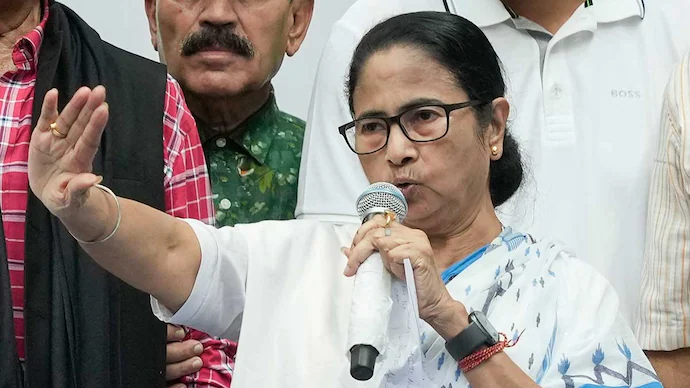



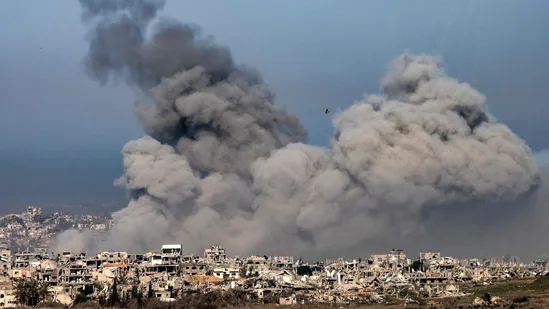
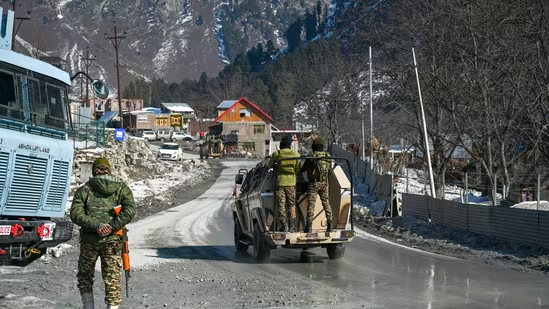

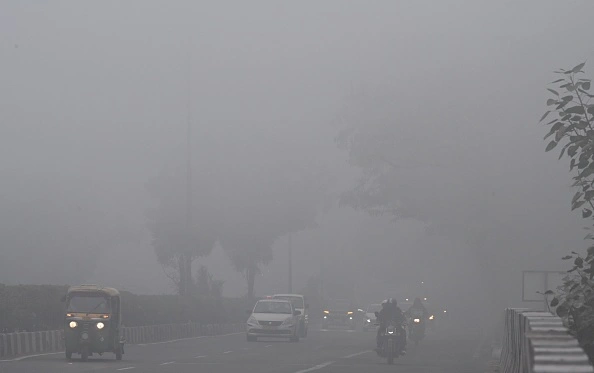

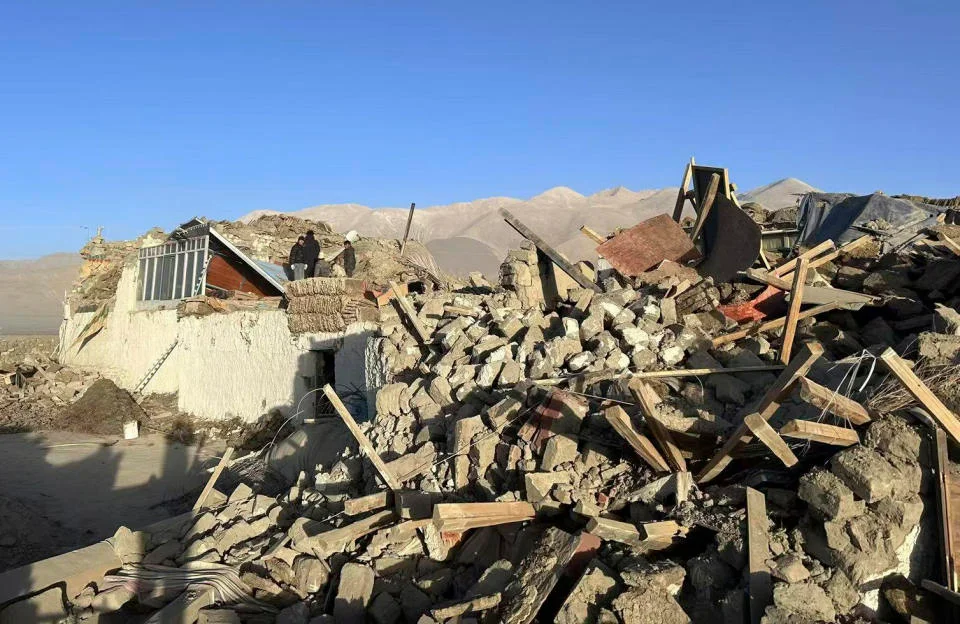



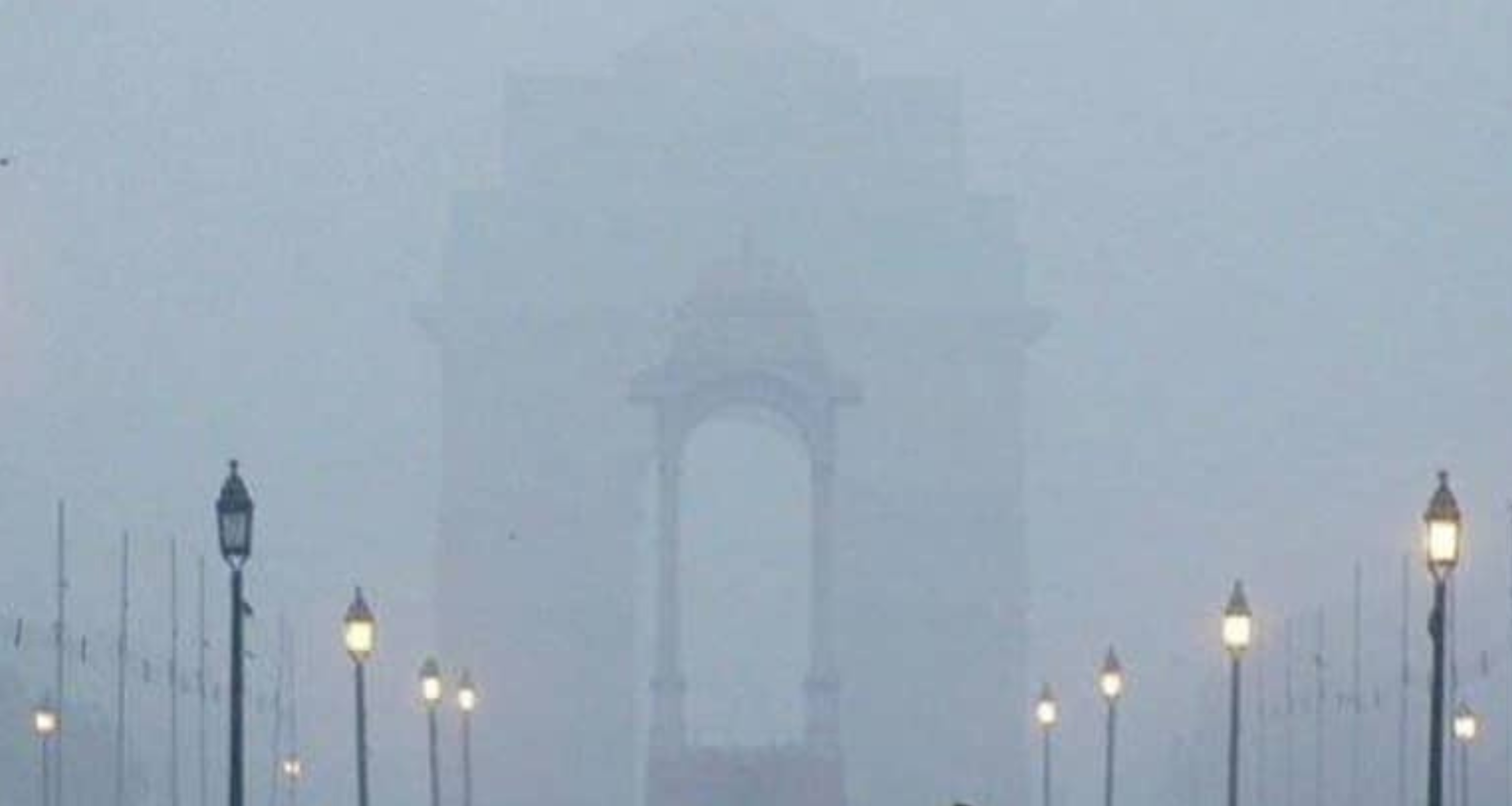




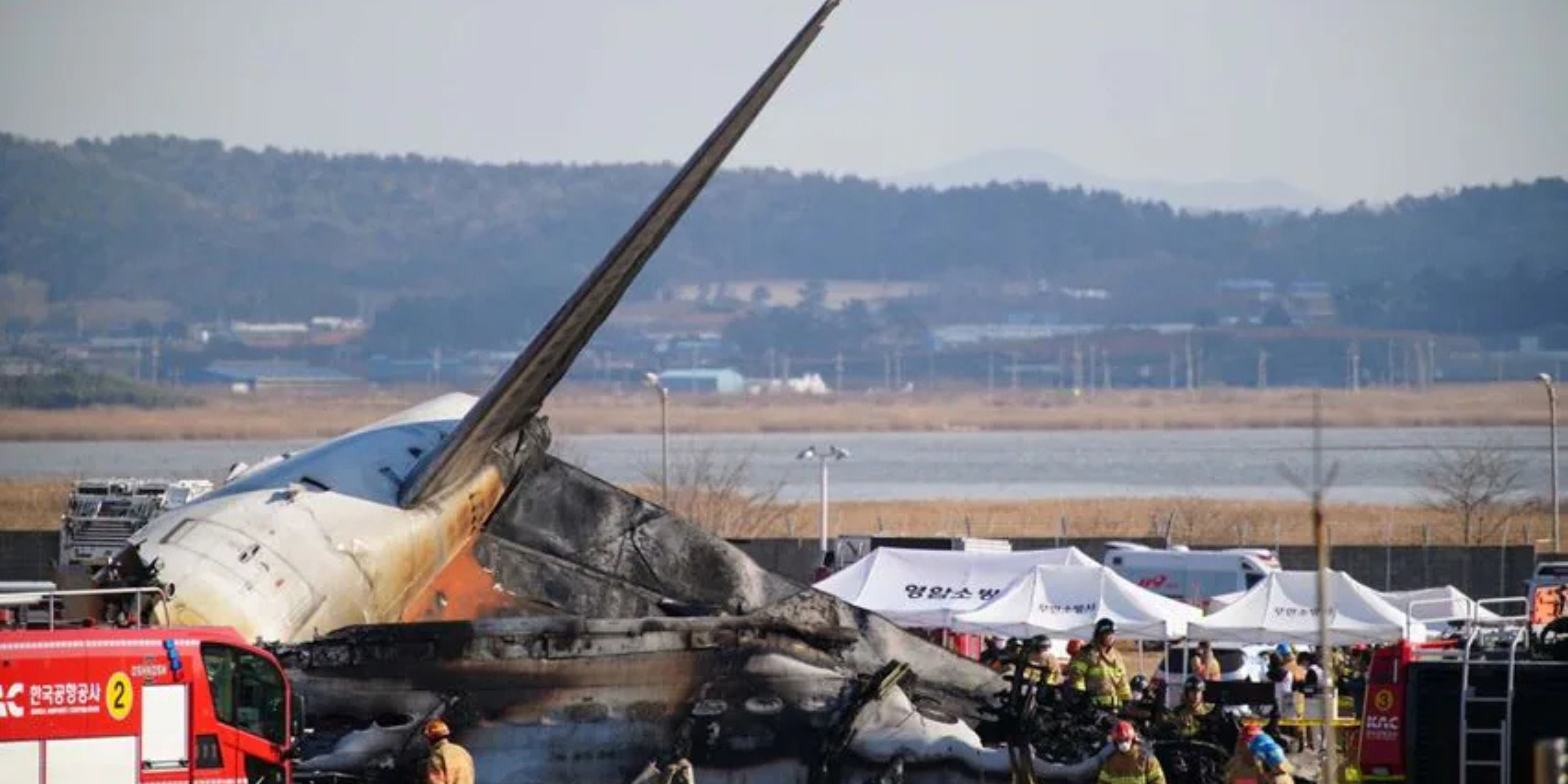





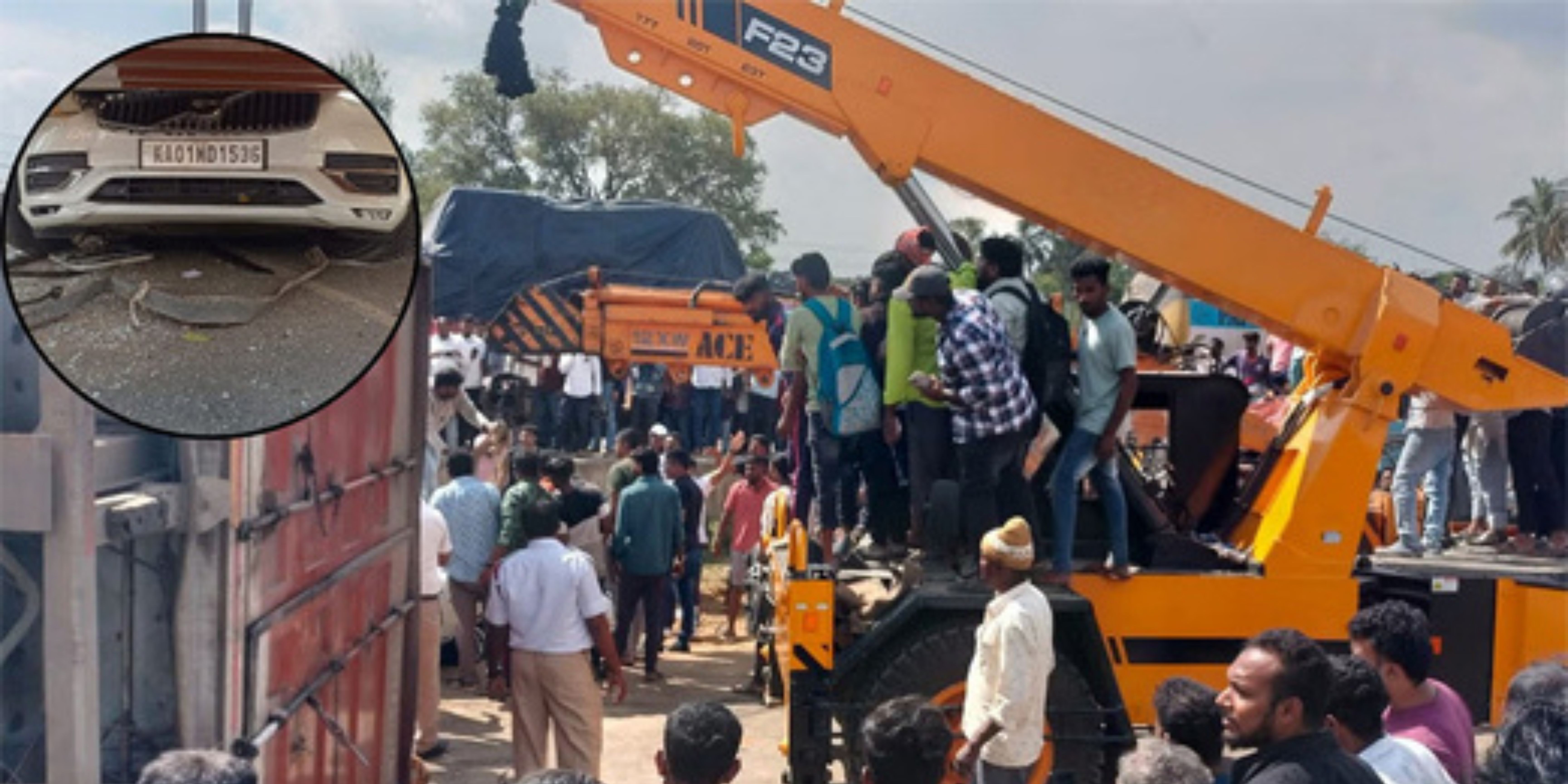




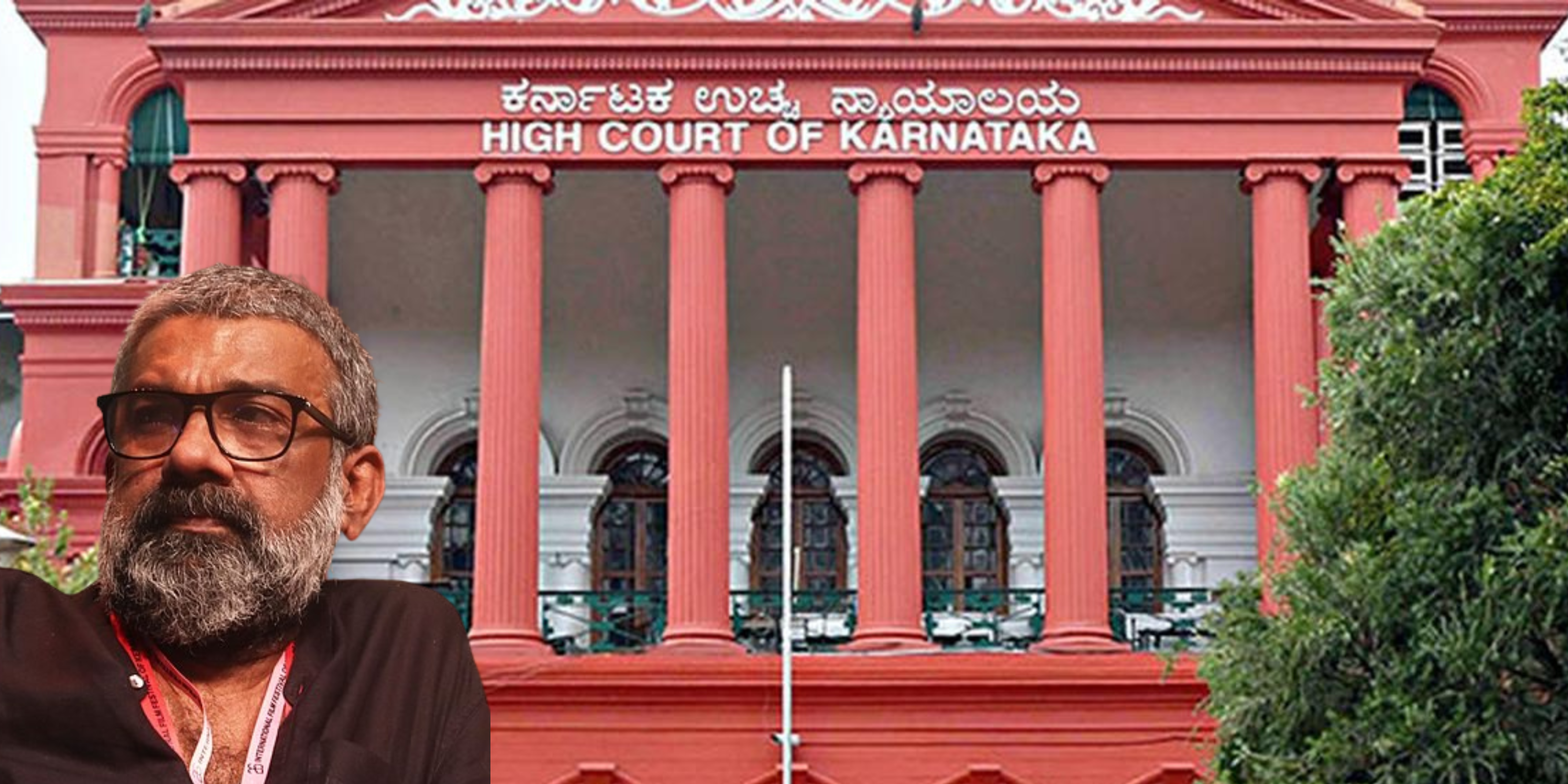
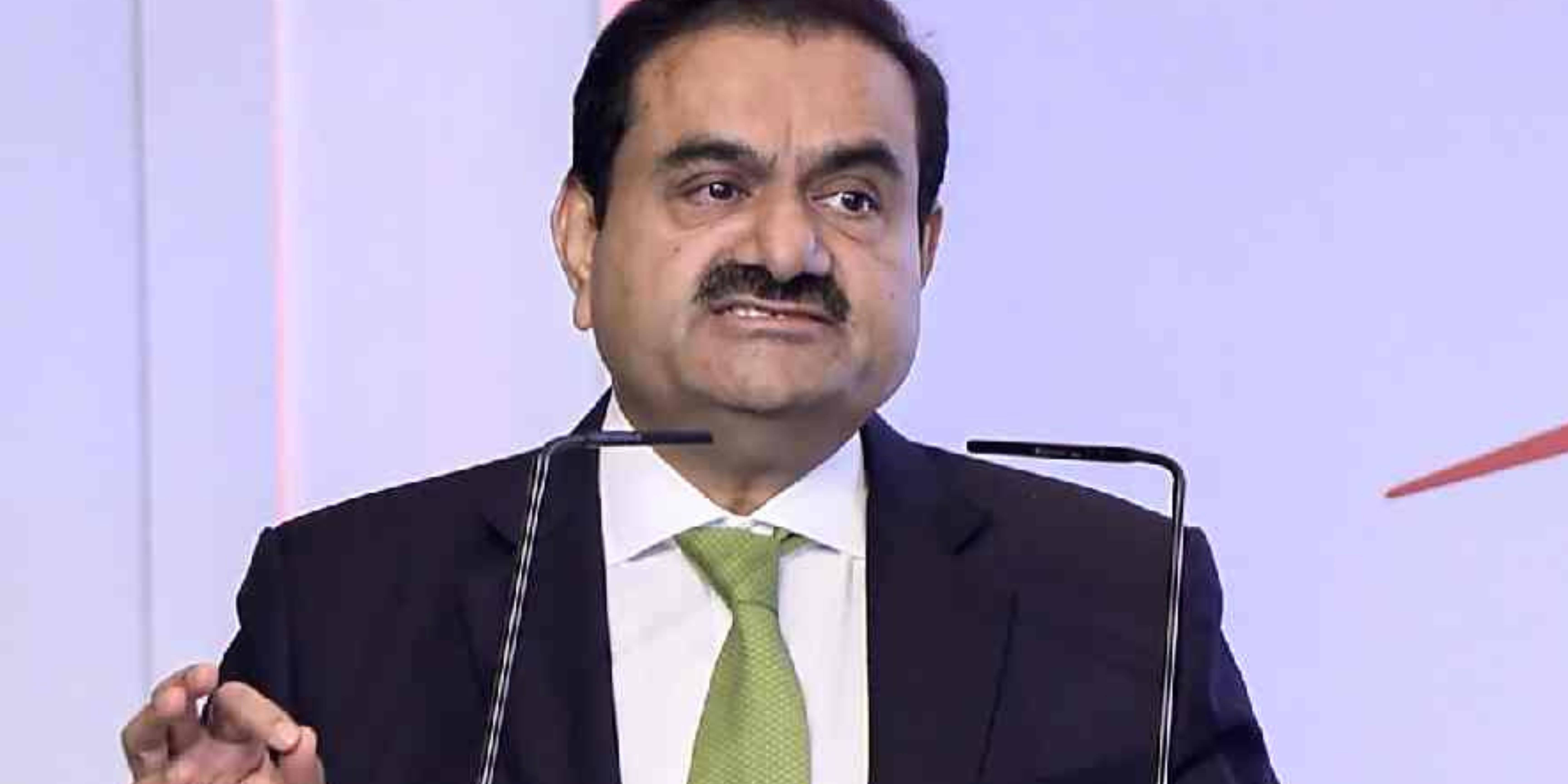
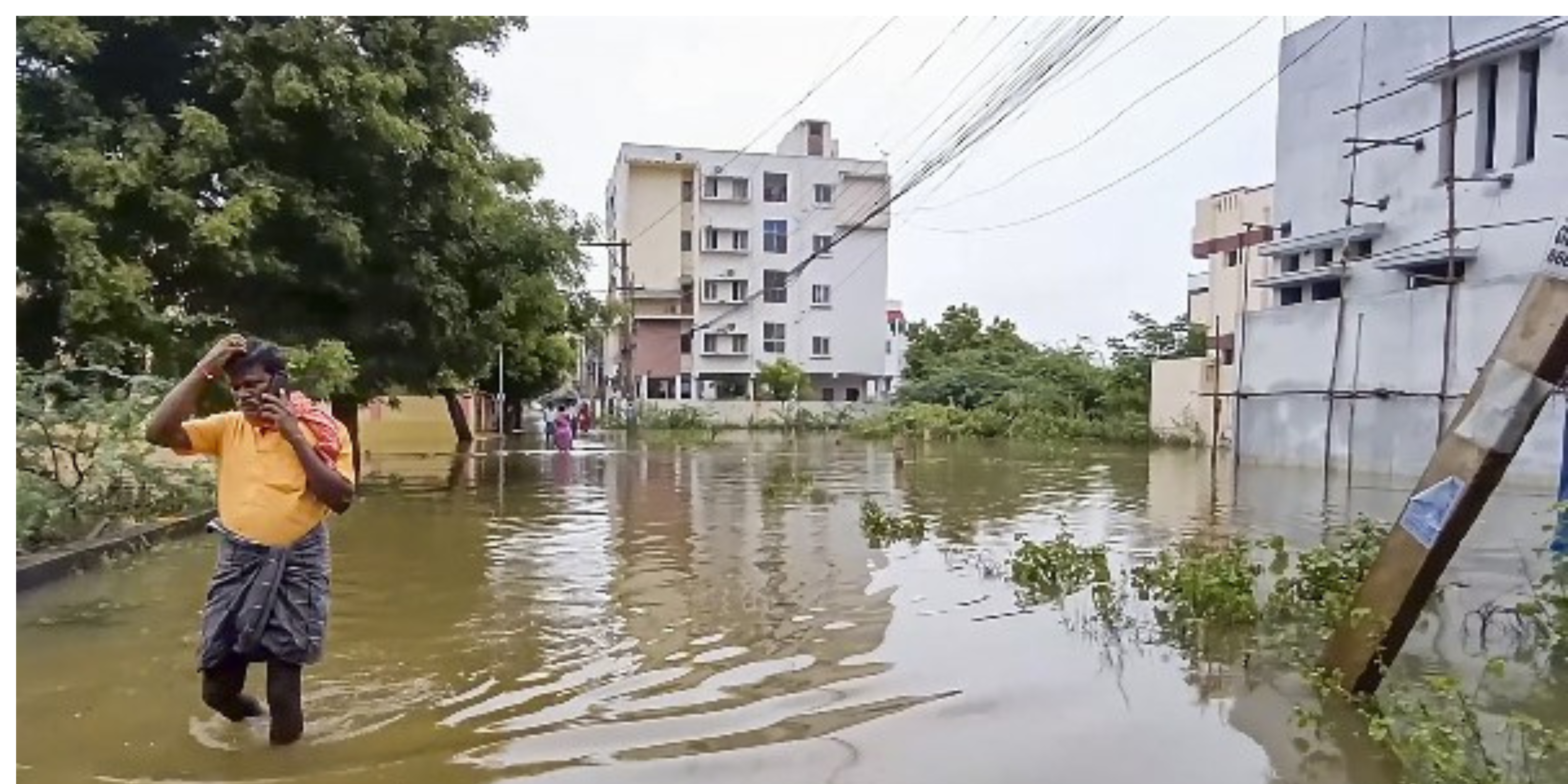
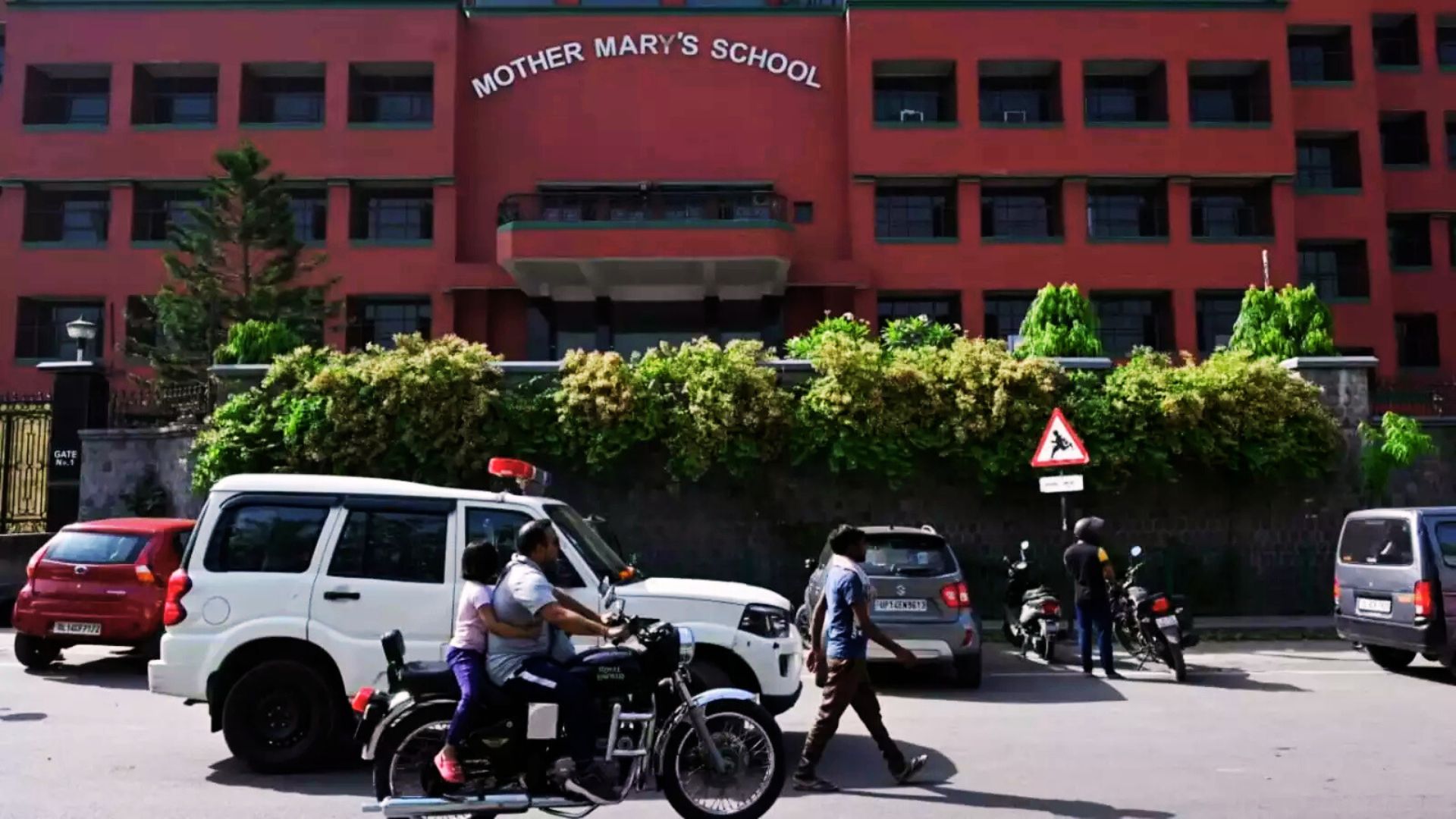

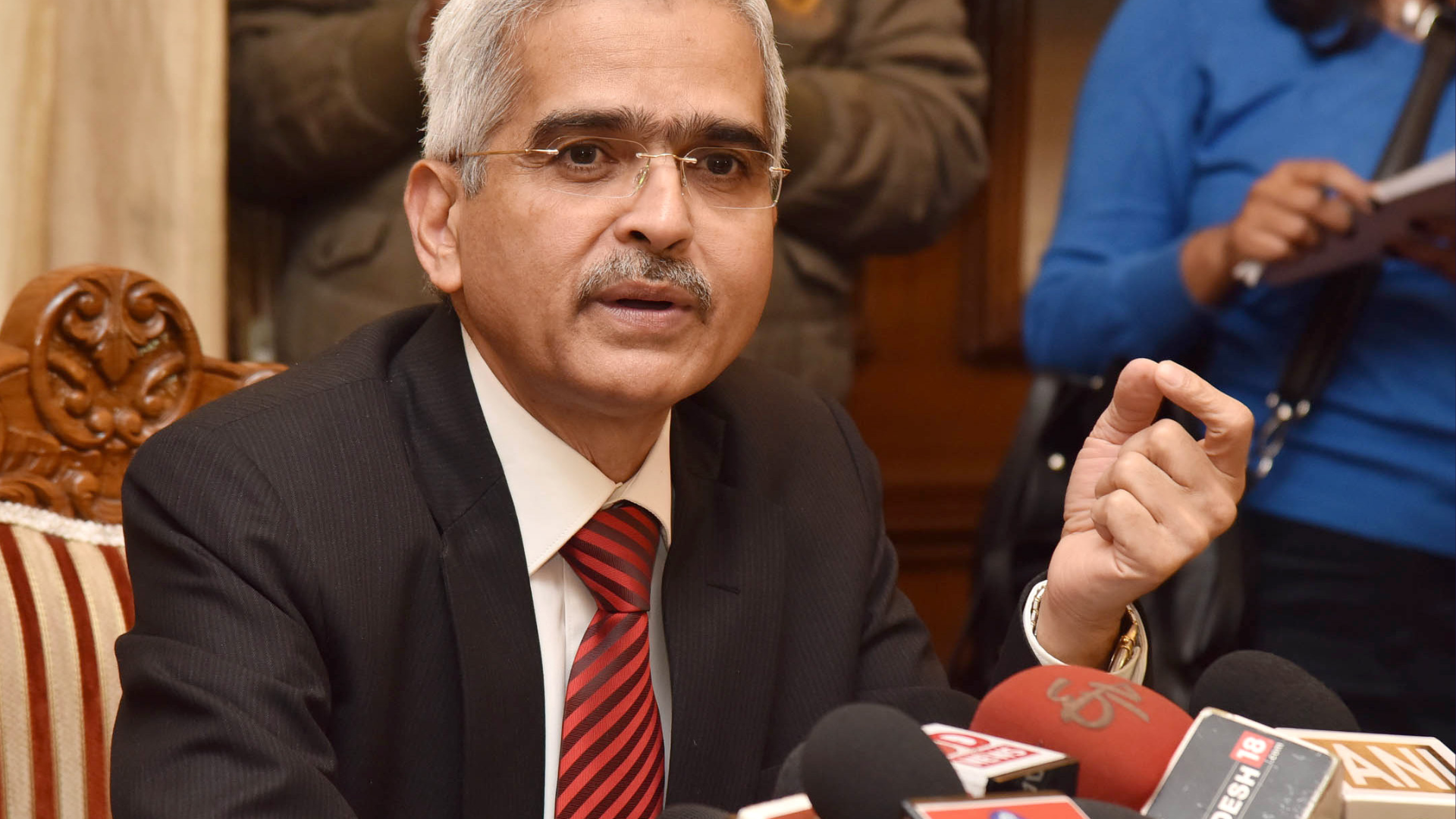
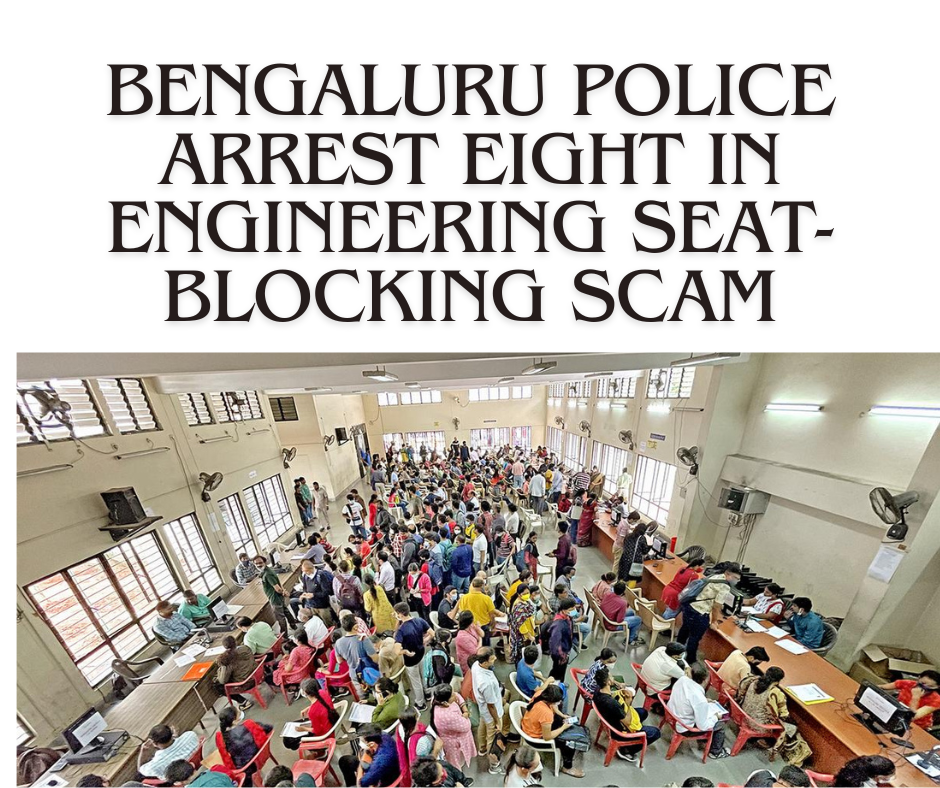


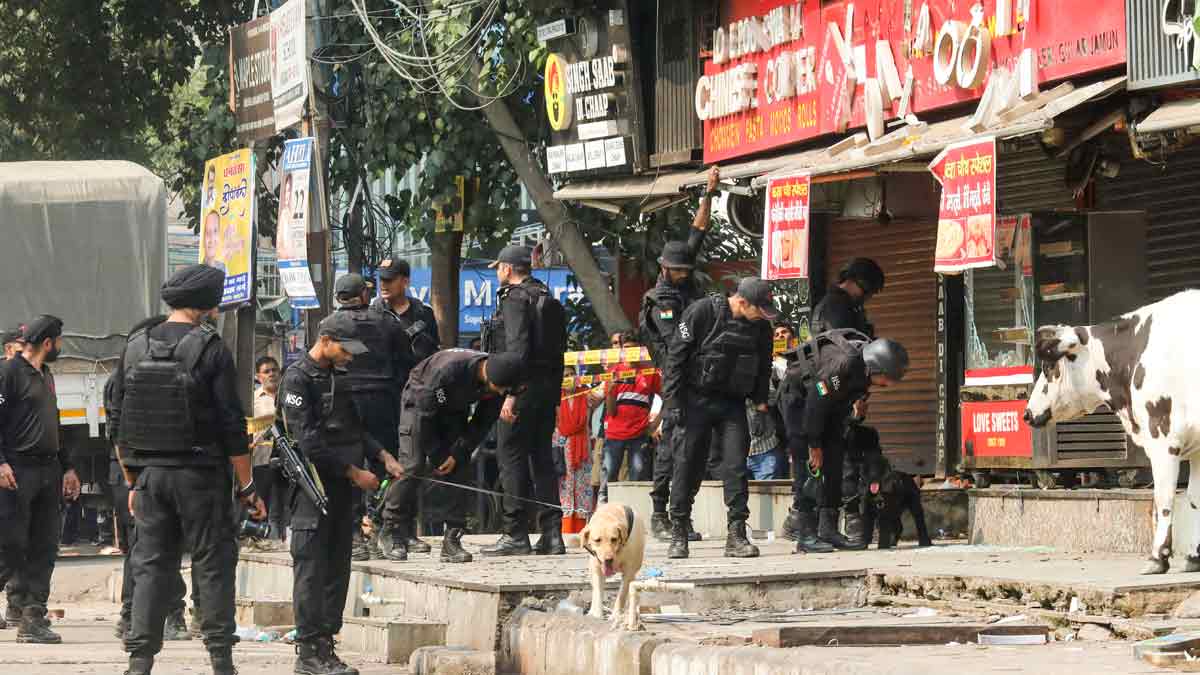



.png)
 (1).png)
